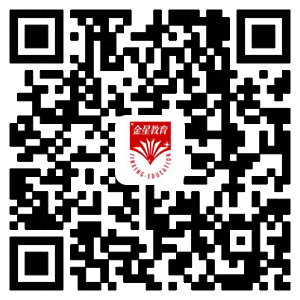一、基数词的表示法
1. 以下是最基本的基数词,学习者必须牢记:one(1), two(2), three(3), four(4), five(5), six(6), seven(7), eight(8), nine(9), ten(10), eleven(11), twelve(12), thirteen(13), fourteen(14), fifteen(15), sixteen(16), seventeen(17), eighteen(18), nineteen(19), twenty(20), thirty(30), forty(40), fifty(50), sixty(60), seventy(70), eighty(80), ninety(90), a hundred(100), a thousand(1000), a million(1000000), a billion (十亿)
2. 21—99 的表示法。先说“几十”,再说“几”,中间加连字号:twenty-one(21), thirty-six(36), forty-five(45), ninety-nine(99)等。
3. 101—999的表示法。先说“几百”,后接and,再加末尾两位数(或末位数):one hundred and one(101), five hundred and thirty(530), seventy hundred and eighty-nine(789)
4. 1000 以上的基数词的表示法。先从右至左数,每三位数加一个逗号(即以此把数目分为若干段)。第一个逗号前的数为thousand(千),第二个逗号前的数million(百万),第三个逗号前的数为billion(十亿),第四个逗号前的数为 trillion(万亿),然后一段一段地数:
9, 883 nine thousand, eight hundred and eighty-three
65, 359 sixty-five thousand, three hundred and fifty-nine
265, 468 two hundred and sixty-five thousand, four hundred and sixty-eight
60, 263, 150 sixty million, two hundred and sixty-three thousand, one hundred and fifty
【说明】
① 英语没有“万”这个单位,要表示“万”须借用thousand,如“一万”用“十千”表示(ten thousand),“十万”用“百千”表示(one hundred thousand)。
② hundred, thousand, million, billion 等词在读数时不带复数词尾-s(即用单数形式)。
③ 在hundred 后通常加上连词,不过此and 在美国英语中可以省略。若读数中没有 hundred,则在thousand后加and。
④一个数的最高位若为“一”,这个“一”可用a或one表示,但在数字中间的“一”,则只能用one,不能用a:
1600 a [one] thousand and six hundred
6100 six thousand and one hundred (其中的 one 不可改为a)
⑤ 在非正式场合,人们也常以hundred 为单位来读数,对于1100至1900之间的整数尤其如此(参见年代的读法):
It cost fifteen hundred pounds. 这东西花了1500英镑。
